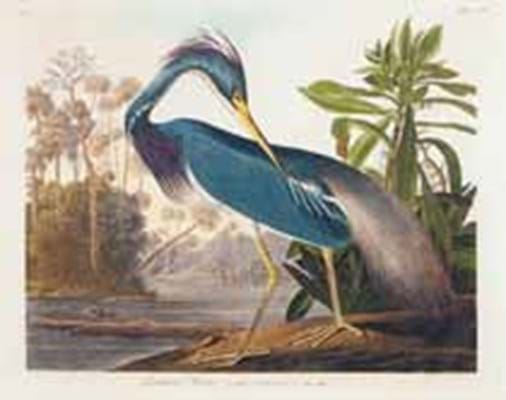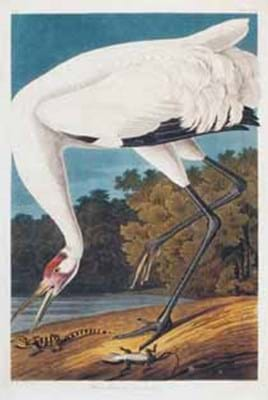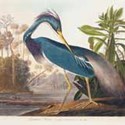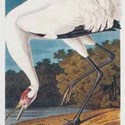Founded by Bernhard I in the late 17th century, this ducal library was opened to the public as early as 1782 and with the assistance of later generations it grew to be one of the most important libraries in Germany. In 1941, the library contained some 56,000 works (bound as around 140,000 volumes), as well as manuscripts, music, prints and other works on paper - almost all of which were removed by the Russian occupying forces.
In post-war communist East Germany, further confiscations followed and Prince Georg died in a Soviet prison camp, but following the reunification of Germany in 1990, the family waived its rights to large portions of the wider and by now widely dispersed family art collections for the benefit of the Cultural Foundation of Meiningen, and in compensation, a number of works of art, the Audubon plates included, were returned to the family.
The plates were sold at the instruction of Prince Friedrich Konrad of Saxe-Meiningen, the present Duke of Saxony, whose ancestor, the Princess Adelheid of Saxe-Meiningen who became William III's consort, and Queen Adelaide, was only the second name (as Duchess of Clarence) to appear on Audubon's list of subscribers - preceded only by George IV. In her will, Adelaide left the plates to her brother, Duke Bernhard II.
One of very few sets to have survived unbound, it has far fewer of the condition problems that can be encountered in this monumental work - cut margins, hard creases and associated damage at the beginning and end of volumes, handling marks, stitch damage to the gutters, etc. Without having had to bear the weight of bound volumes, the plates exhibit less offsetting or show-through and remain very fresh and strong impressions. The fragile full deckle edges, ordinarily cut off by the binder, are preserved throughout, although some do bear tiny splits or nicks.
Offered plate by plate, the sale started badly when Plate No.1, the famous Wild Turkey, failed to find a buyer on an estimate of $200,000-300,000, but while just over a quarter of the 435 plates ended up joining it in the unsold lists and estimates in many cases proved too optimistic, the remainder did run up a premium inclusive total of $5.74m (£3.1m).
Top lots included some other old favourites such as the American Flamingo, which like the Turkey had been valued at up to $300,000 but sold on the day at $170,000 (£91,800); the Roseate Spoonbill, at $150,000 (£81,000) and the American White Pelican and theSnowy Owl, at $160,000 (£86,400) apiece. I have chosen to illustrate the two plates that are seen right as part of the first octavo edition of 1840-44 that made $48,000 (£25,920) in a May 21-23 sale held by Northeast Auctions of Portsmouth, New Hampshire. Seentop right is the Louisiana Heron, which made $75,000 (£40,500) - the better known Snowy Heron, or White Egret plate made $130,000 (£70,200) - and bottom right, the Hooping Crane, which also made $75,000.
Queen Adelaide’s Audubon
OFFERED by Christie’s New York on June 25 was a magnificent unbound set of the plates that make up Audubon’s great Birds of America (1827-38) that came from the library of the Dukes of Saxe-Meiningen in Thuringia.








